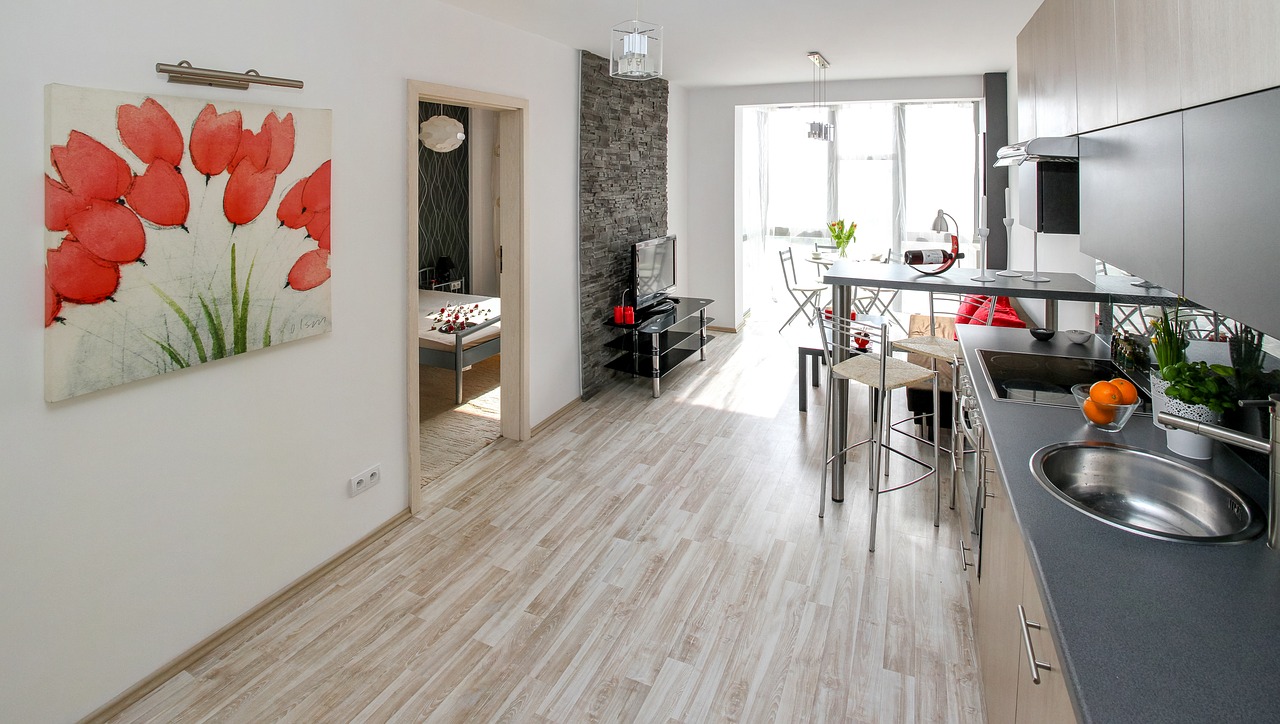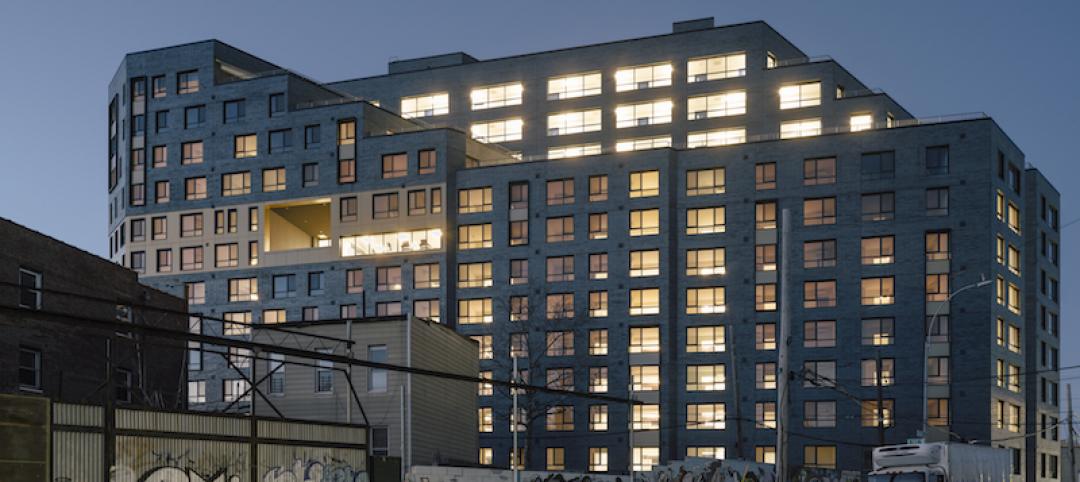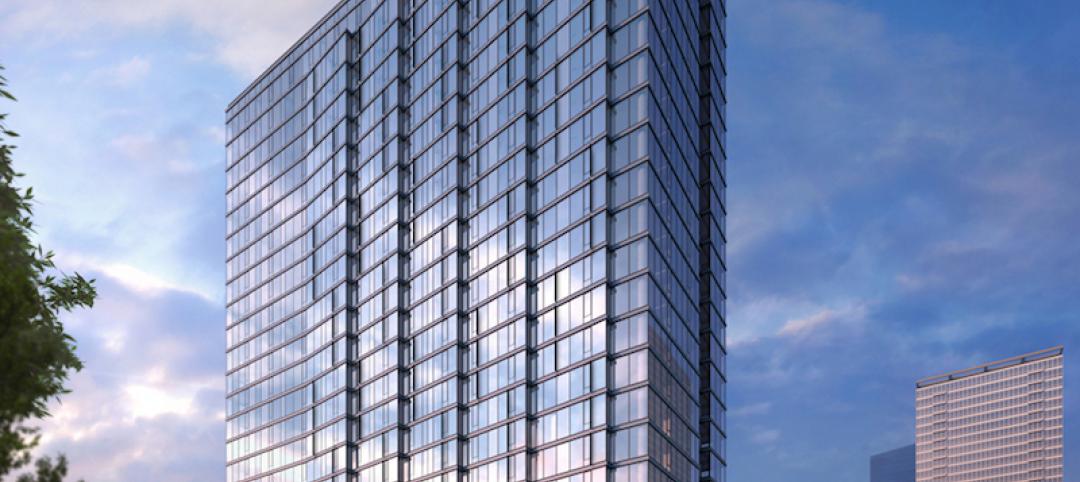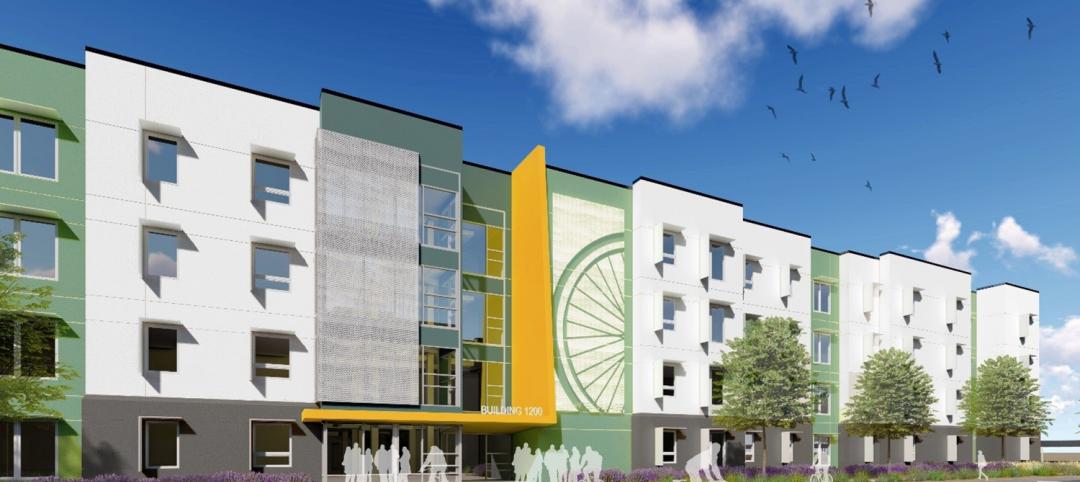Despite a disruptive pandemic, investor demand for multifamily real estate was strong in 2020, according to a newly released Yardi Matrix Bulletin.
Around 252,000 apartment units were absorbed last year. That’s about 1.7% of total market stock and down 12% from the 286,300 apartments purchased in 2019.
“Considering the economic and social calamity that befell the U.S., in many respects due to COVID-19, the fact that demand held up as well as it did is a relief for the apartment industry,” say Matrix analysts.
Net absorption was strongest in 25 of the 30 largest metros, which accounted for 158,300 units absorbed. Dallas, Atlanta and Denver saw the highest absorption rates.
Negative absorption was centralized in key gateway markets hit hard by COVID-19, which also struggled with renter demand and average rents. The worst performers were the Bay Area and New York City, which combined for -22,100 units absorbed in 2020.
Overall, high-cost gateway metros had net absorption of -0.3% (-7,600 units). Demand was better in secondary (154,100 units, or 2.3% of total stock) and tertiary (96,200 units, or 2.0% of stock) markets.
On a regional level, renters continued to flock to the Southeast (96,700 units absorbed, or 2.4% of total stock), the Southwest (56,800 units, 2.1% of stock) and the West (57,100 units, 1.9% of stock). Meanwhile, demand was slightly positive in the Midwest (27,100 units, 1.1% of stock) and the Northeast (4,900 units, 0.2% of stock).
Here are the top 10 markets based on net multifamily absorption in 2020:
1. Dallas: 19,233 units; 2.4% net absorption of total stock; 93.8% occupancy rate in Dec. 2020
2. Atlanta: 12,864; 2.8%; 94.7%
3. Denver: 11,552; 4.0%; 94.5%
4. Phoenix: 10,082; 3.2%; 95.5%
5. Houston: 8,377; 1.3%; 92.1%
6. Austin, Texas: 7,893; 3.1%; 93.3%
7. Miami: 7,721; 2.5%; 94.4%
8. Tampa, Fla.: 6,196; 2.8%; 95.4%
9. Charlotte, N.C.: 6,073; 3.3%; 95.1%
10. San Antonio: 5,836; 2.8%; 93.0%
Related Stories
Multifamily Housing | Mar 18, 2019
New luxury multifamily development set to bring 254 units to the Maryland suburbs
Dwell Design Studios is designing the project.
Multifamily Housing | Mar 15, 2019
Portland’s new affordable housing development includes units for families transitioning out of homelessness
Salazar Architect is designing the building.
Building Tech | Mar 13, 2019
Almost everything you wanted to know about industrial construction
Our experts offer 15 tips on how best to perform factory-based construction.
Multifamily Housing | Mar 11, 2019
Kaiser Permanente takes aim at reducing chronic homelessness
Initiatives include a multimillion-dollar investment fund, and collaborating with a group that works with communities to house the unsheltered.
Multifamily Housing | Mar 6, 2019
MLK Plaza brings 167 units of affordable housing to the Bronx
The project was financed by the City’s ELLA program.
Multifamily Housing | Feb 26, 2019
275-unit residential building under construction at 2111 S. Wabash
Solomon Cordwell Buenz is designing the project.
Hotel Facilities | Feb 4, 2019
31-story YotelPAD Miami combines 222 hotel rooms and 231 condominiums
YotelPAD is a new brand by Yotel.
Multifamily Housing | Jan 31, 2019
Student housing series: Designing a home away from home in The Golden State
California asserts building code restrictions more stringently than other states, making design challenging for student housing.
Multifamily Housing | Jan 29, 2019
Here's what $41M will buy you in the OMA-designed Avery tower in SF
A glass-enclosed, full-floor, 8,482-sf penthouse will sit more than 600 feet above San Francisco's Transbay District.

















